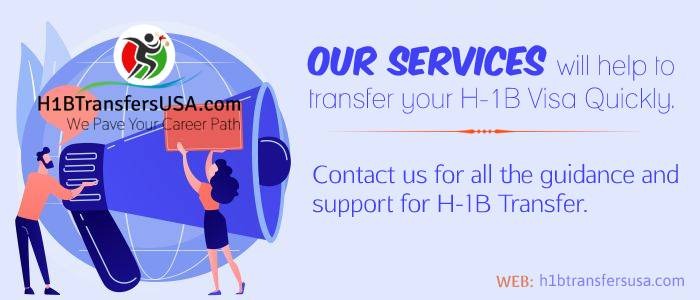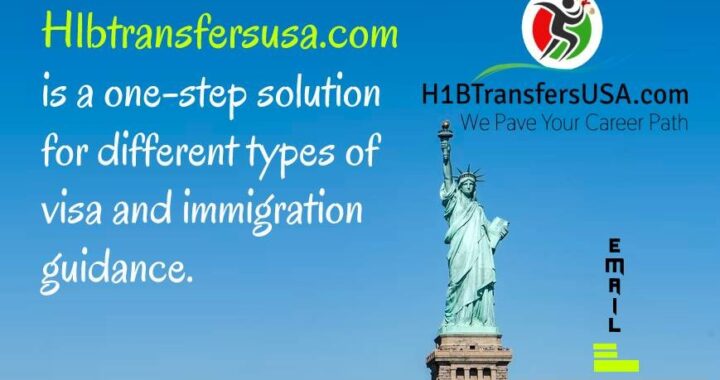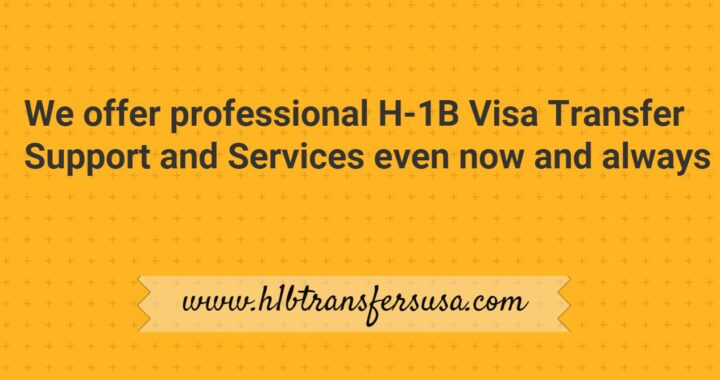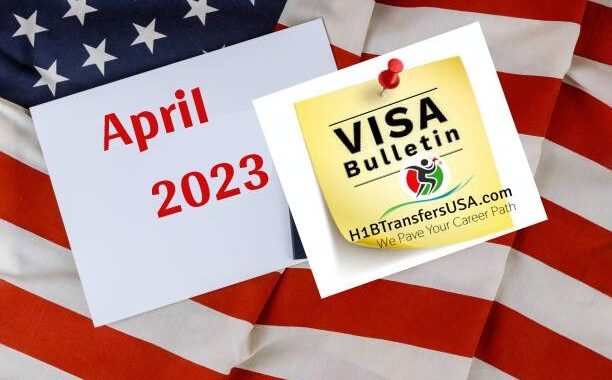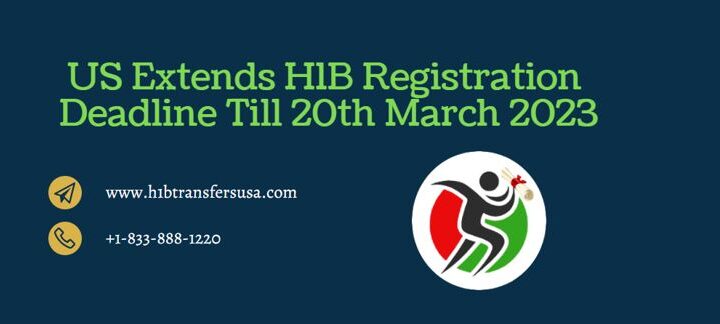Can an H-1B Employee Work from Home?
3 min read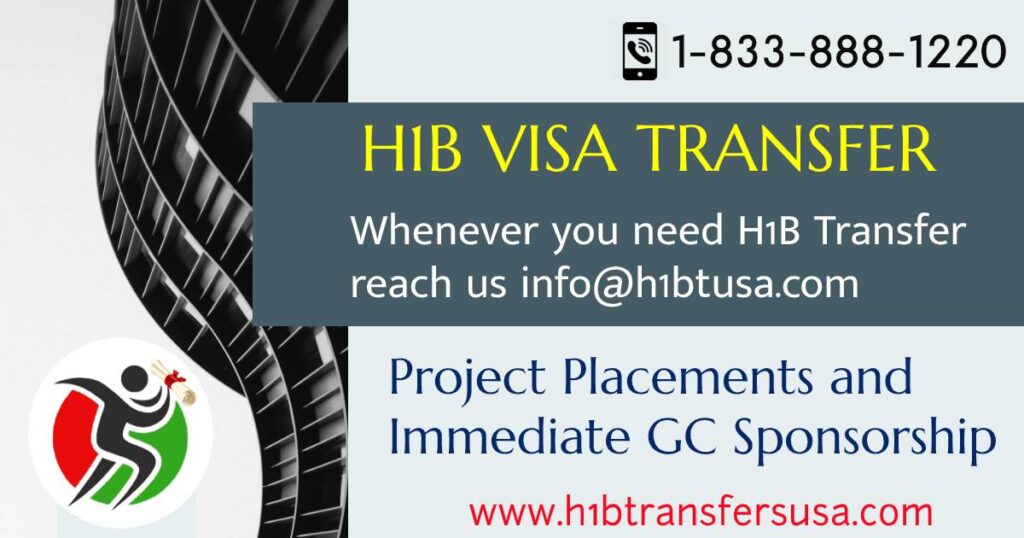
Whether an H-1B employee can work from home depends on factors including the geographic area of employment. Employers will need to determine, on a case-by-case basis. Whether to file an amended petition or take other action, for example, posting the original LCA at the new worksite location.
When You Must File an Amended Petition
You should file an amended H-1B petition if your H-1B employee changed or will change their place of employment to a worksite location outside of the metropolitan statistical area (MSA) covered by the currently approved H-1B petition, even if a new LCA is posted at the new location.
Note: Once you file the amended petition, your H-1B employee can now start to work in the new area. You don’t need to wait for a final decision on the amended petition for your H-1B employee to begin work at the new location.
When You Do NOT Need to File an Amended Petition
A move within an MSA: H-1B Employee
If your H-1B employee is moving to a new job location within the same MSA or area of planned employment a new LCA isn’t needed. Therefore, you don’t need to file an amended H-1B petition. However, you must still post the original LCA in the new work location within the same MSA or area of intended employment. For instance, an H-1B employee moving to a new job location within the New York City MSA (NYC) would not trigger the need for a new LCA. Yet you would still need to post the previously acquired LCA at the new work location. This is required whether or not an entire office moved from one location to another within NYC or if just one H-1B employee moves from one client site to another within NYC.
Short term placement:
Under certain circumstances, you might place an H-1B employee at a new job location for up to 30 days, and in some cases 60 days. (Where the employee is still based at the original location), without getting a new LCA. See 20 CFR 655.735. In these situations, you don’t need to file an amended H-1B petition. Under the short-term placement provisions, and might place the H-1B worker at the new worksite location. For up to 30 workdays in one year and, in certain circumstances, up to 60 workdays in one year. Employers will need to determine, on a case-by-case basis, whether the 30-workday and/or 60-workday provisions may apply. Employers should be aware that, if the worker’s place of residence is outside the area of intended employment, the 60-workday provision would not apply. The short-term placement provisions only apply to H-1B workers; not H-1B1 or E-3 workers.
[December 2021 Visa Bulletin Predictions]
Non-worksite locations:
If your H-1B employee is only going to a non-worksite location, you don’t need to file an amended H-1B petition. A location is considered to be a “non-worksite” if:
- The H-1B employees are going to a location to participate in employee developmental activity. Such as management conferences and staff seminars;
- The H-1B employees spend little time at any one area; or
- The job is “peripatetic in nature, for example, situations where their primary job is at one location. However, they occasionally travel for short periods to different locations on a casual, short-term basis. Which can be recurring but not excessive i.e., not surpassing five successive workdays for anybody visited by a peripatetic worker. Or 10 consecutive workdays for anyone visited by a worker who spends most work time at one location and travels occasionally to other locations. See 20 CFR 655.715.

